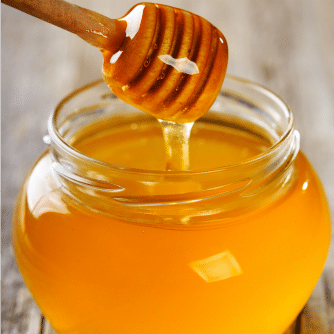Natural products such as honey have been applied against human infections and are a staple of folk medicine. Today, interest in honey as an alternative to antibiotics is peaking in both developing countries – where fresh honey is easily available, as well as Western countries – where antibiotic resistance is seriously increasing. Tobias C Olofsson, from Lund University (Sweden), and colleagues have identified a unique group of 13 lactic acid bacteria found in fresh honey, from the honey stomach of bees. The bacteria produce a myriad of active antimicrobial compounds. These lactic acid bacteria have now been tested on severe human wound pathogens such as methicillin-resistant Staphylococcus aureus (MRSA), Pseudomonas aeruginosa and vancomycin-resistant Enterococcus (VRE), among others. When the lactic acid bacteria were applied to the pathogens in the laboratory, it counteracted all of them. While the effect on human bacteria has only been tested in a lab environment thus far, the lactic acid bacteria has been applied directly to horses with persistent wounds. The lactic acid bacteria was mixed with honey and applied to ten horses; where the owners had tried several other methods to no avail. All of the horses’ wounds were healed by the mixture. Writing that: “We demonstrate a strong antimicrobial activity from each symbiont and a synergistic effect, which counteracted all the tested pathogens,” the study authors submit that: “The mechanisms of action are partly shown by elucidating the production of active compounds such as proteins, fatty acids, anaesthetics, organic acids, volatiles and hydrogen peroxide. We show that the symbionts produce a myriad of active compounds that remain in variable amounts in mature honey.”
Honey Compounds as Antibiotic Alternative
Tobias C Olofsson, Eile Butler, Pawel Markowicz, Christina Lindholm, Lennart Larsson, Alejandra Vásquez. “Lactic acid bacterial symbionts in honeybees – an unknown key to honey's antimicrobial and therapeutic activities.” Intl Wound J., 8 Sept. 2014.
RELATED ARTICLES




